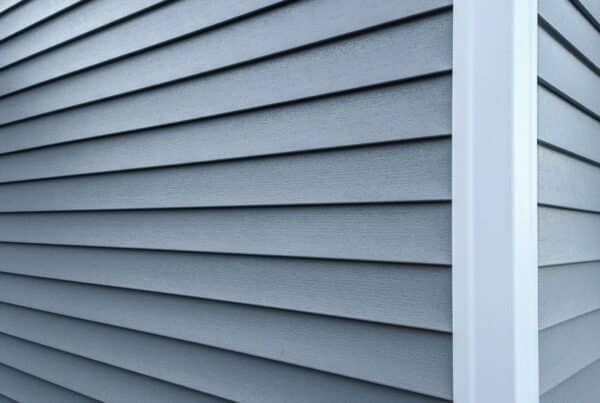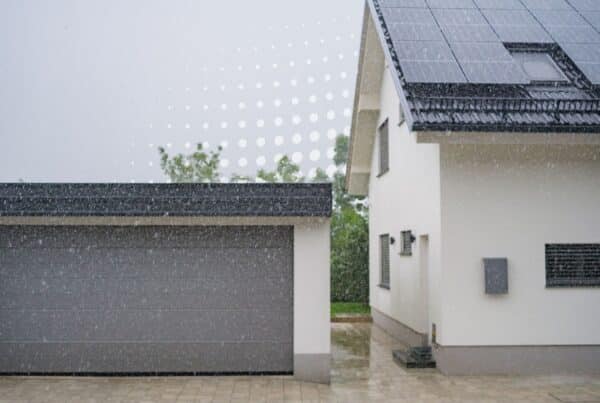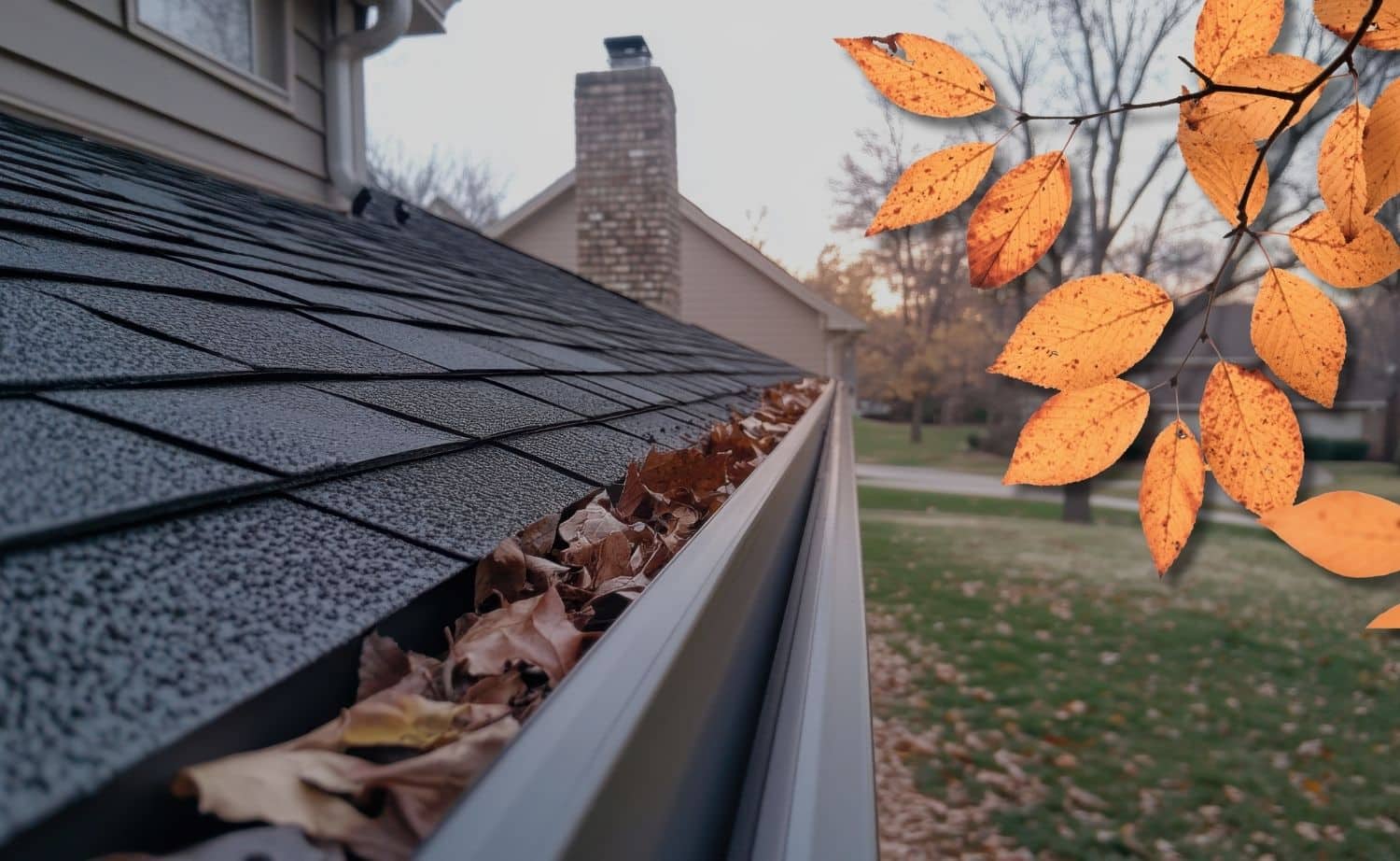
Winter in East Tennessee may not bring the extreme cold of the far north, but it still brings enough cold snaps, freezing nights, and shifting weather to challenge your home. Even when the weather looks mild, hidden problems can turn into big repair bills once temperatures drop. Preparing your home early helps you avoid damage, save on energy costs, and ensure your comfort through the colder months.
In this post, you’ll find expert inspection-based tips, focused on the unique climate of East Tennessee, to help you get your home ready for winter. Think of it as your roadmap to a safer, warmer, more efficient home through the season ahead.
1. Begin With a Whole-Home Inspection
One of the best “first moves” is to schedule a home inspection or walk through your property with an inspector’s mindset. A professional inspector can uncover issues you might miss, from subtle insulation gaps to minor roof leaks.
One survey found that more than 60% of U.S. homeowners experienced winter-related damage, and over a third spent more than $500 on winter repairs. For Tennessee homeowners, issues like frozen or burst pipes (31%) and poor insulation (28%) were commonly reported.
What to ask your inspector:
- Are there gaps or cracks around windows, doors, attic hatches, or crawl spaces?
- Is attic insulation still thick, intact, and dry?
- Does the HVAC system perform well under load?
- Are gutters, downspouts, and roof flashing in good shape?
- Is your crawl space and foundation free of moisture or shifting signs?
Starting with an inspection gives you a clear list of what to prioritize this fall. That way, you address the right problems now, before they become urgent in January.
2. Seal Air Leaks and Improve Insulation
Cold air sneaking in through small openings can raise your heating bills and make rooms feel chilly even when the thermostat is running. In East Tennessee’s winter climate, sealing those leaks is one of the most cost-effective upgrades you can make.
Key target areas:
- Window frames and door thresholds
- Attic hatches or pull-down stairs
- Penetrations where plumbing, wiring, or vents pass through walls
- Outlets on exterior walls that lack insulation behind them
- Attic and crawl space insulation depth and condition
When warm indoor air escapes, your heating system works harder, and that means higher bills and more wear. In the same winter damage survey, 22% of homeowners cited air leaks or drafts as a top issue.
Quick checklist:
- Use weather-stripping around doors and windows where drafts are felt.
- Apply caulk to stationary gaps (e.g., window frames, baseboards).
- Add or top-up attic insulation, ideally to an R-value recommended for your region.
- In crawl spaces, ensure insulation or a vapor barrier is intact and dry.
- Consider an energy audit to detect hidden leaks using blower-door tests and thermal imaging.
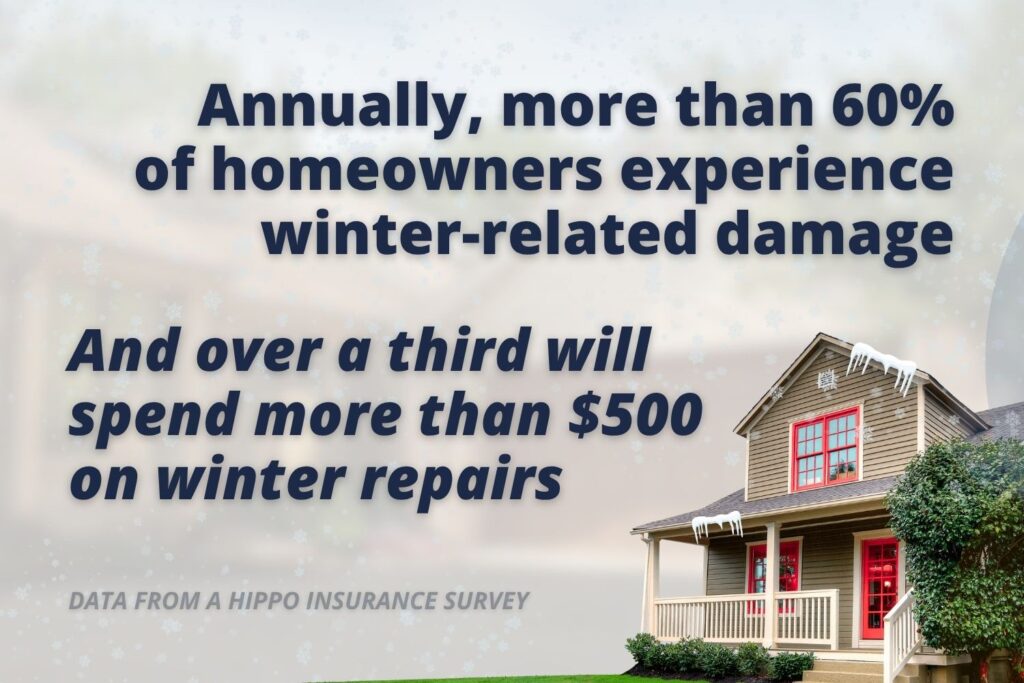
3. Protect Your Plumbing From Freezing
Frozen or burst pipes are among the most frequent and costly winter emergencies, even in mild-winter regions like East Tennessee.
Steps to protect your plumbing:
-
Insulate exposed pipes in unheated areas such as garages, crawl spaces, and attics.
-
Disconnect and drain garden hoses, then cover exterior spigots.
-
On very cold nights, let faucets drip slowly. Moving water resists freezing.
-
Set the thermostat to at least 55 °F if you’ll be away for days.
-
Keep cabinet doors under sinks open to let warm air reach pipe runs.
A pipe that bursts inside a crawl space or wall can cause $10,000 or more in damage when water spreads. Detecting vulnerable plumbing now means avoiding an emergency in the dead of winter when repair costs and disruption spike.
4. Clean Gutters, Maintain Roof, and Ensure Good Drainage
Your roof, gutters, and drainage system are your home’s first line of defense against winter moisture and freeze-thaw stress.
What to check:
-
Remove leaves and debris from gutters to allow free flow of melting snow or rain.
-
Ensure downspouts direct water at least five feet away from your foundation.
-
Inspect the siding and check the roof for missing or damaged shingles, rusted or loose flashing, and visible daylight inside the attic.
-
Look for signs of ice dams that form when heat escapes from the attic and melting snow refreezes at the eaves.
Improper drainage and roof leaks during winter amplify foundation, mold, and framing problems. The freeze-thaw cycle in soil can also put shifting pressure on foundations and walls.
Action plan:
-
After gutters are cleaned, check that downspouts extend from the foundation and that grading slopes away from your house.
-
Inspect the attic for daylight, water stains, or sagging roof deck.
-
If you notice curling shingles or flashing gaps, consult a roofer or home inspector before snow or ice arrives.
-
Look around the yard after rain for pooling water near the foundation, which is an early warning sign of poor drainage.
5. Service Heating Systems and Fireplaces
Winter means your heating system will carry the load. Ensuring it works safely and efficiently is essential.
What to do:
-
Replace air filters and clean supply vents.
-
Have your HVAC technician inspect heat exchangers, blower motors, and safety controls.
-
Check or install carbon monoxide detectors near bedrooms and attached garages.
-
For homes with fireplaces or wood-burning stoves, clean the chimney, check the flue, and make sure the damper and hearth are safe.
When heating systems fail or operate inefficiently, they cost you in comfort and dollars. HVAC or heating system failures made up about 18% of winter-related issues in homeowner reports. A well-maintained system helps your home heat evenly, stay safe, and reduce energy waste.
6. Inspect Attic and Crawl Space for Moisture and Ventilation
These hidden spaces in your home are critical but often overlooked. Moisture problems here can lead to mold, wood rot, insulation failure, and higher energy bills.
What to check:
-
In the attic, look for signs of condensation, black mold spots on rafters, or insulation that is wet or compacted.
-
In crawl spaces, inspect for water intrusion, standing water, animal nests, damaged vapor barriers, and blocked vents.
-
Ensure vents are clear, insulation is dry and intact, and airflow pathways are unobstructed.
-
Seal any openings that allow cold air or pests to enter from the exterior.
Cold winter air lowers indoor humidity, but when warm indoor air reaches a cold attic or crawl space surface, it can condense. That condensation can lead to mold and structural issues. The cold season can also cause soil expansion and contraction around foundations, which worsens existing cracks.
Action steps:
-
Add or replace vapor barriers in the crawl space if needed.
-
Seal wire, plumbing, or duct penetrations in the attic floor.
-
Ensure attic insulation covers the full floor space and the attic hatch is weather-sealed.
-
Schedule a moisture check before the wet or freezing season begins.
7. Test Smoke, Carbon Monoxide, and Safety Detectors
With heating systems running more, fireplaces in use, and homes sealed tightly for energy efficiency, detector safety is a must.
What to do:
-
Test all smoke detectors monthly and replace batteries yearly.
-
Install carbon monoxide detectors near bedrooms, garages, and gas appliances.
-
If detectors are more than ten years old, replace them. Newer combined smoke and CO alarms are inexpensive and reliable.
-
During your inspection, ask if any detectors appear misplaced or untested.
The risk of fire or carbon monoxide incidents increases when heating systems run continuously and ventilation is reduced. Having working detectors protects both your family and your home.
8. Winterize Outdoor Systems and Spaces
Even though you’re focusing on indoor comfort, outdoor systems deserve attention too. Faulty outdoor maintenance often becomes more visible and costly in winter.
What to check:
-
Drain irrigation systems, shut off outdoor valves, and protect backflow preventers.
-
Store outdoor furniture and cushions, and cover or store grills.
-
Inspect decks, stairs, rails, and walkways for cracks or loose boards that become hazards when icy.
-
Check that mulch and landscaping around the foundation are not piled high, which can trap moisture.
Small outdoor problems can create indoor headaches when winter hits. For example, loose deck boards can allow snow to linger and melt near siding or windows. Keeping the exterior in good shape supports indoor safety and comfort.
9. Prepare for Power Outages and Emergency Readiness
Winter storms, icy branches, and frozen precipitation can knock out power, even in milder climates like East Tennessee.
What to include in your emergency plan:
-
Keep flashlights, batteries, and a portable phone charger handy.
-
Know how to manually operate your garage door during an outage.
-
Stock bottled water, non-perishable food, blankets, and a radio.
-
Consider a generator for critical appliances and have the transfer switch installed by a professional.
-
Ask your inspector if your electrical panel is ready for generator use.
Power outages during winter can affect heating, water pumps, and sump systems. Knowing your home’s electrical limits before an outage keeps your family safe and comfortable.
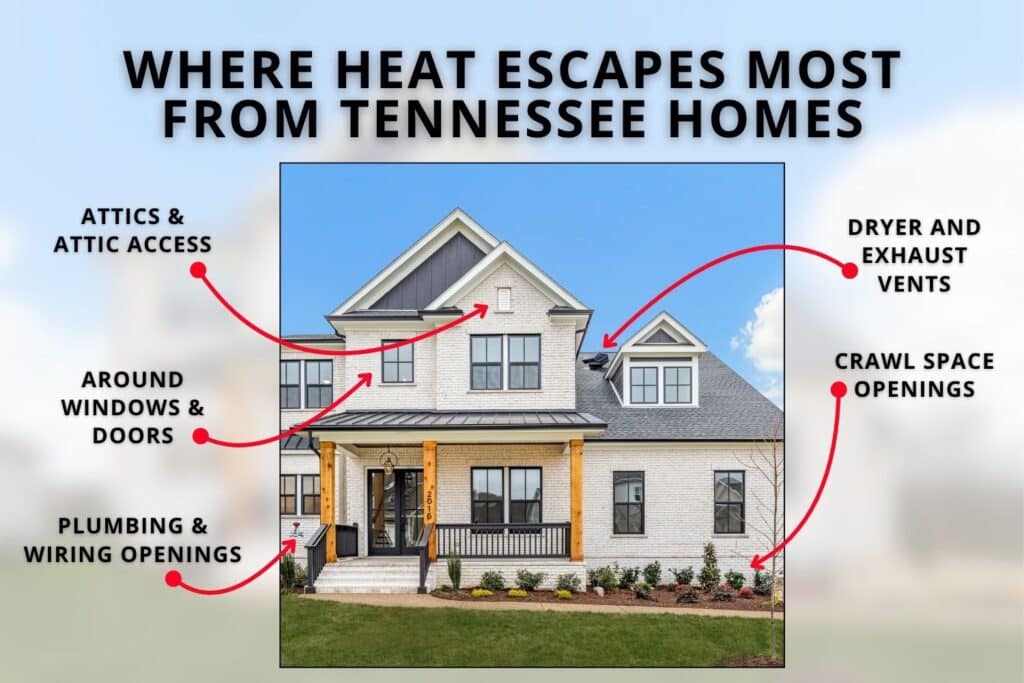
10. Monitor Indoor Air Quality and Ventilation
When you seal your home for efficiency, indoor air can become stagnant. Dust, pet dander, humidity, and CO2 levels may climb when windows stay closed.
What to do:
-
Replace HVAC filters and schedule duct cleaning if needed.
-
Run bathroom and kitchen exhaust fans often to remove moisture and odors.
-
Use an air purifier in high-traffic rooms.
-
If you notice condensation on windows or musty smells, consider a professional air-quality check.
Poor indoor air quality affects comfort, health, and even your home’s structure. Excess moisture leads to mold growth, paint peeling, and wood rot. Regular ventilation and filter changes go a long way toward maintaining healthy indoor air.
Related Questions Homeowners Ask
Should I schedule an inspection before winter?
Yes. Late fall is the best time to catch small issues before Tennessee winter hits. A quick inspection can reveal leaks, insulation gaps, and HVAC concerns that cause problems once temperatures drop. Getting a quote is easy.
Can an inspection help with roof and gutter problems?
Definitely. A roof inspection checks for loose shingles, worn flashing, and clogged gutters that can trap melting snow or rain. These issues often lead to leaks or foundation runoff in winter.
What if my crawl space feels damp or musty?
That’s a sign of poor ventilation or hidden moisture. A crawl space inspection can confirm whether you need a new vapor barrier, drainage improvements, or insulation repair.
When to Call a Professional
If you notice any of the following, it’s time to call in a professional.
- Roof leaks, sagging roof deck, or missing flashing.
- Hallways or rooms feel unusually cold or drafty despite the heating being on.
- Uneven floors, sticking doors/windows, and visible foundation wall cracks.
- Pipes exposed to freezing temperatures or a previous history of bursts.
- Heating system failures, loud noises, or carbon monoxide alarms triggered.
- Crawl space or attic insulation is soaked, compacted, or missing.
- Gutter/downspout issues are causing water to pool near the foundation.
At Bentley Home Inspection, we offer thorough evaluations across East Tennessee, guiding homeowners through seasonal risks specific to our region and helping you understand your home’s condition now, not later.
Conclusion
Preparing your Tennessee home for winter doesn’t need to be stressful. A mix of proactive inspection, simple maintenance steps, and expert advice can protect your home from costly surprises.
Before the temperatures drop, schedule a home inspection with Bentley Home Inspection to ensure your East Tennessee property stays safe, efficient, and ready for the season ahead.


